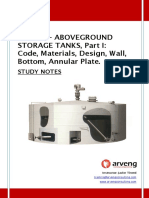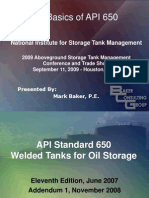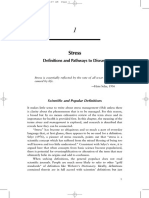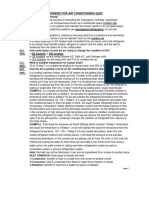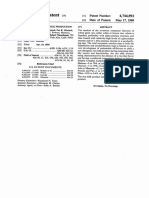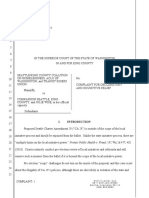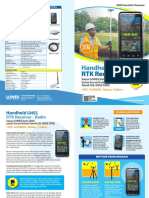0% found this document useful (0 votes)
52 views3 pages02 Module 2 - Tank Design Principles and API Standards
This module focuses on the design principles and API standards for atmospheric oil storage tanks, emphasizing structural integrity and safety. Key learning outcomes include the application of design logic, interpretation of API standards, and understanding of load distributions. The course covers API 650 and API 620 standards, roof design options, and considerations for wind and seismic loads.
Uploaded by
Dipo AnomCopyright
© © All Rights Reserved
We take content rights seriously. If you suspect this is your content, claim it here.
Available Formats
Download as PDF, TXT or read online on Scribd
0% found this document useful (0 votes)
52 views3 pages02 Module 2 - Tank Design Principles and API Standards
This module focuses on the design principles and API standards for atmospheric oil storage tanks, emphasizing structural integrity and safety. Key learning outcomes include the application of design logic, interpretation of API standards, and understanding of load distributions. The course covers API 650 and API 620 standards, roof design options, and considerations for wind and seismic loads.
Uploaded by
Dipo AnomCopyright
© © All Rights Reserved
We take content rights seriously. If you suspect this is your content, claim it here.
Available Formats
Download as PDF, TXT or read online on Scribd
/ 3











